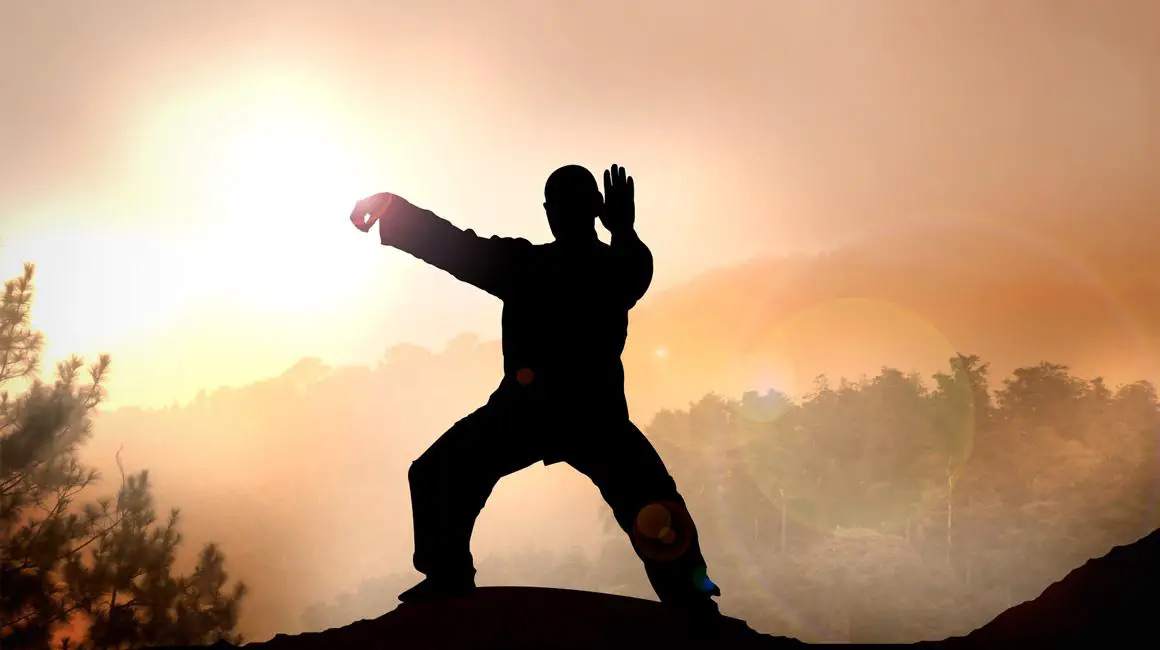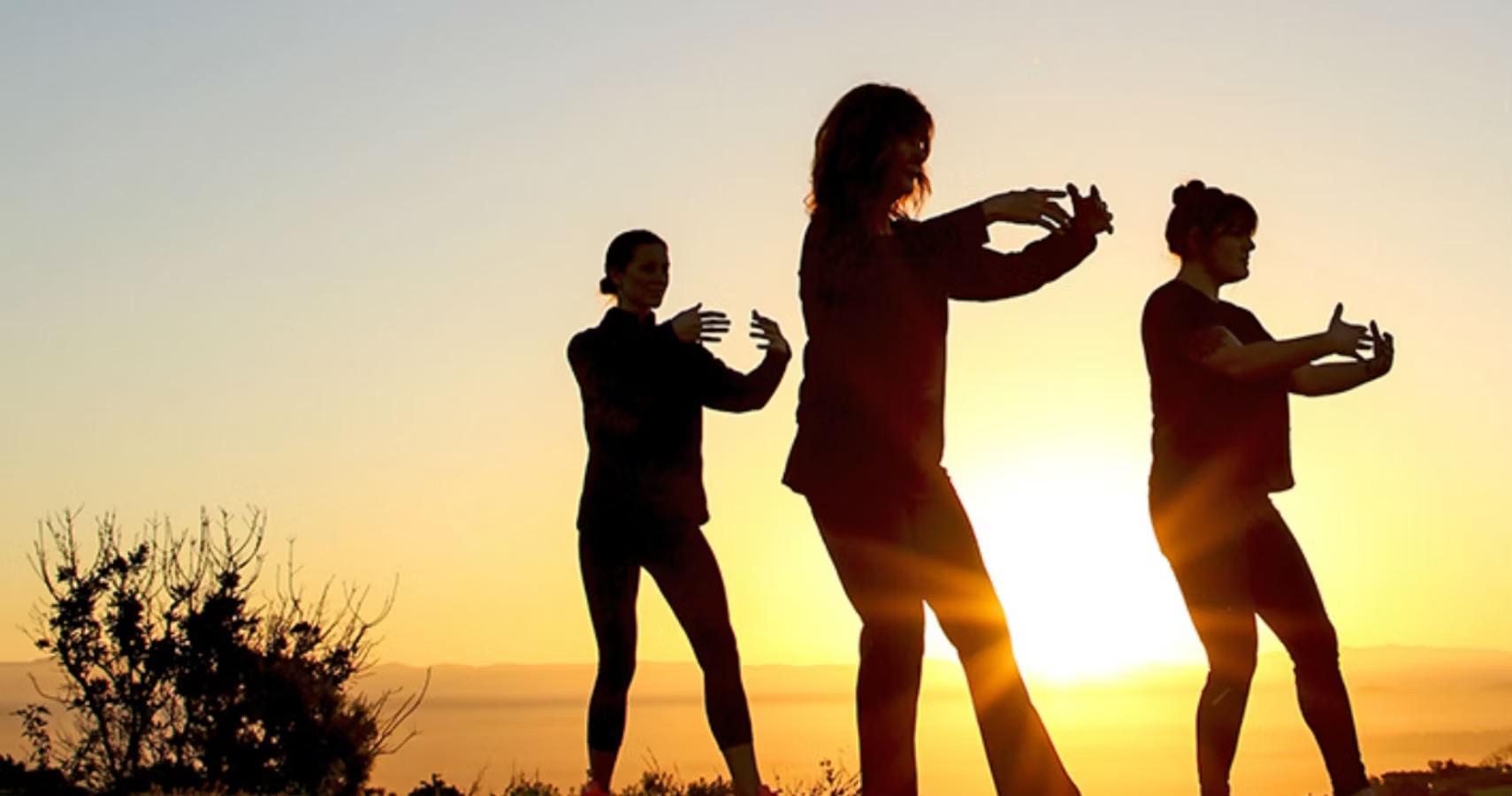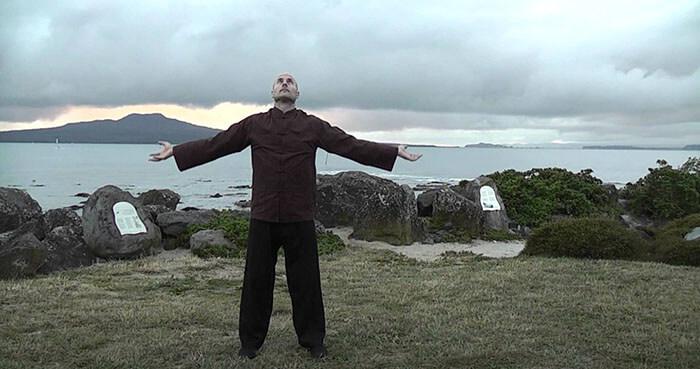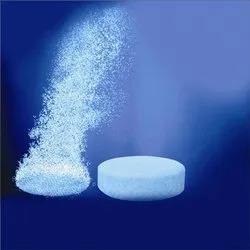What is Chi Kung?
Chi Kung, also known as Qigong, is a Chinese practice that has been around for thousands of years. It involves gentle movements, deep breathing, and visualization to promote the flow of healing energy, or Chi, throughout the body. The goal of Chi Kung is to balance the body's energy, which can help to improve physical health and mental wellbeing.
In yoga, the most ubiquitously known sequence is the salute to the sun. In Chi Kung, which is sometimes referred to as Chinese Yoga, it’s the Microcosmic Orbit and it’s a great starting point and fundamental practice for engaging with this ancient practice.
The Benefits of Chi Kung
The health benefits of Tai Chi practice is widely recognized, but many people aren’t aware that most practitioners are gaining these benefits because what they are actually doing is Chi Kung. While there are still some combative schools of Tai Chi, most Tai Chi practitioners are using a martial art form as the pattern of movement for them to practice the inner work of Chi Kung.
Chi Kung has many health benefits, both physical and mental. Here are some of the ways that practicing Chi Kung can improve your health:
- Reduces stress and anxiety
- Improves sleep quality
- Increases flexibility and strength
- Boosts the immune system
- Reduces inflammation
- Improves circulation
- Relieves pain
- Enhances mental clarity and focus
- Boosts overall energy levels
How Chi Kung Works
Chi Kung is based on the idea that the body has energy pathways, called meridians, that can become blocked or disrupted. When this happens, it can lead to physical or mental health problems. The gentle movements and deep breathing of Chi Kung help to promote the flow of Chi through these meridians, removing blockages and restoring balance to the body.
For those who study Chi Kung outside of the well-known framework of Tai Chi, there are still sequences of movements, but they are not based on martial forms. These movements can often be comparatively simple and are designed to lead chi around the body. These practices are known as Weigong (external Chi Kun), though there is also the equally important Neigong (internal Chi Kung).
If one imagines a puddle of water being contained by the earth, this can be a good analogy for chi. Like water, chi prefers to remain flowing or before long it becomes stagnate. If we were to take a stick and drag it through the dirt creating a space for the water to flow into, the water would naturally do so. In our bodies, when we relax we create space for the chi to flow into.
Practicing Chi Kung

Chi Kung can be practiced by anyone, regardless of age or fitness level. The movements are gentle and can be modified to suit individual needs. It's best to practice Chi Kung in a quiet, calm environment, where you can focus on your breath and movements. Here are some tips for practicing Chi Kung:
- Start with simple movements, such as the Microcosmic Orbit, and gradually add more movements as you become more comfortable.
- Breathe deeply and slowly, focusing on filling your belly with air and exhaling fully.
- Visualize the flow of Chi through your body as you move and breathe.
- Practice regularly, ideally every day, for best results.
It’s best to practice while seated or standing, as according to the Taoists, humans are the bridge between heaven (the levels of existence outside physical reality) and the earth (physical existence).

If standing, unlock the knees and tuck the tailbone under and bring the spine into alignment. Perhaps most important of all is to relax and bring the warmth of a soft smile to your practice. It’s also helpful to remember that if you catch yourself frowning, this is believed to cause the energy flow to become constricted at the brow which can leave us getting stuck in the mental turmoil of our problems.

When breathing while doing chi kung, it’s important to practice abdominal breathing. Try imagining yourself as a glass of water where, as the breath comes in, it fills from the bottom to the top. Allow your belly to expand and protrude and towards the end of the breath you’ll find your chest begins to expand. Along with assisting in the healthy circulation of chi throughout the body, this practice also serves the physical function of actually massaging internal organs.
Chi Kung and Mindfulness
Chi Kung is not just a physical practice, but also a mental one. The deep breathing and gentle movements can help to calm the mind and promote mindfulness. By focusing on the present moment and the flow of Chi through the body, you can reduce stress and anxiety and improve mental clarity and focus. Chi Kung can be a powerful tool for promoting overall wellbeing and balance in both the body and mind.
Conclusion
Chi Kung is a powerful practice that has been used for thousands of years to promote healing and balance in the body and mind. By practicing Chi Kung regularly, you can reduce stress and anxiety, improve physical health, and promote mental wellbeing. Whether you're looking to improve your physical fitness or simply reduce stress, Chi Kung is a practice that can benefit everyone.
















0 Comments, latest
No comments.